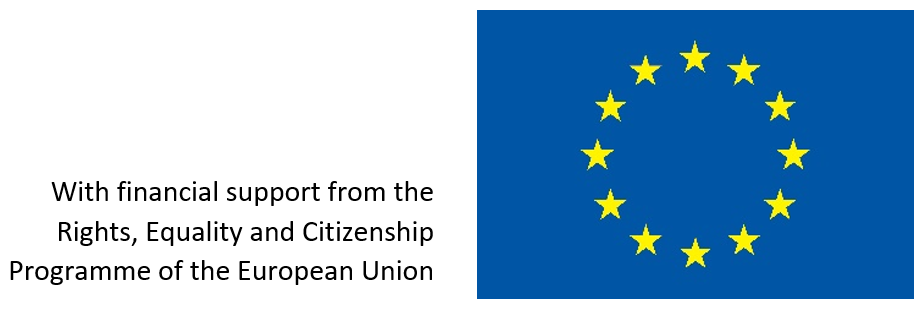“She didn´t say no”, “She meant yes when she said no”, “She was drunk but she knew what she was doing”, “She didn´t scream”, “She wore a short dress”, “You have to look at the way she was dressed. She was wearing a thong with a lace front”, “By her behaviour, her dress or by her look, she asked for it”, “Are you sure it was not your fault? Maybe you provoked him”, “There was no crying, no screaming. You didn´t push him away”.
These are forms of victim blaming and rape myths which are “attitudes and beliefs that are generally false but are widely and persistently held, and that serve to deny and justify male sexual aggression against women” (Kimberly Lonsway and Louise Fitzgerald in Psychology of Women in 1994). They are tied to stereotypes about how victims of rape should behave before, during and after the assault.
Another common assumption is that rapes are mostly committed by strangers even though the majority of rapes are committed by someone known to the victim, such as a friend, a colleague, a family member, partner or ex-partner. The ‘stranger myth’ sends the wrong message that a sexual assault committed by someone known to the victim is not rape and, consequently, it should not be a crime.
Gender biases are deeply rooted in the justice system. Victims of rape face social and legal barriers such as gender stereotypes, misconceptions of what sexual violence is, victim-blaming, credibility questioning, inadequate support and ineffective legislation. In the end, rapes are hugely under-reported due to lack of trust in the justice system or because of fear of not being believed. It takes a lot of courage and determination to report a rape and when women do so, they are often blamed and humiliated, being repeatedly asked what they did to provoke it or why they put themselves in a particular situation. Too often police, lawyers for defendants and judges question the victim of rape about what she was wearing and use the length of her dress as an indicator of the consent.
Read more
















